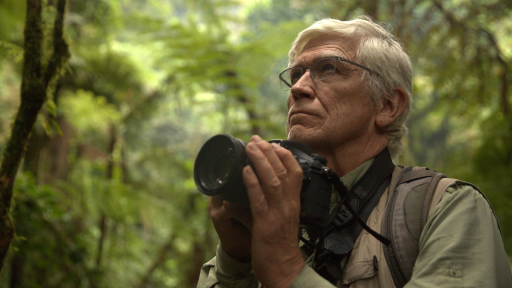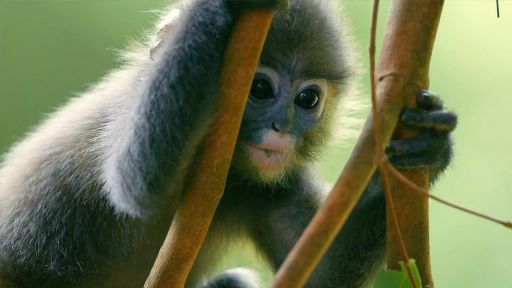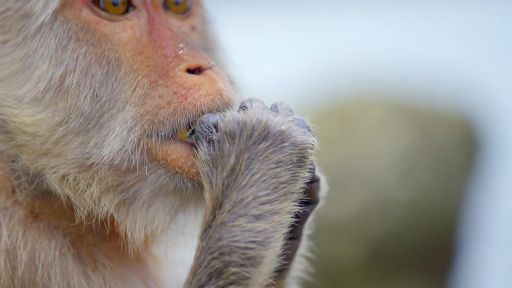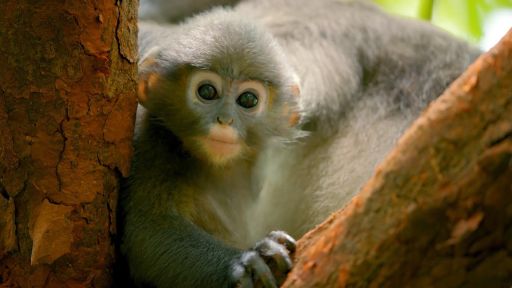Many young orangutans do not survive in the wild after being released from human care because they often lack the skills needed to survive in the canopy. Conservationist Dr. Signe Preuschoft had an idea to teach these young orangutans to climb.
Features




- [Narrator] Many orangs do not survive in the wild after release.
They often lack of vital skills they would have learned from their mothers high in the tree tops.
The canopy is where orangs find food, shelter, and safety from predators.
And that's part of the problem.
- There is always a big attraction for the orphans to come down to the ground.
So as long as we have many caretakers on the ground, it's almost impossible to get the orangutans all up in the trees.
- [Narrator] In the wild orangutans, rarely, if ever, come to the ground.
Signe had an idea.
Their caregivers would have to lead the way into the trees.
James Reed is a highly experienced professional tree climber.
- Okay, so this is called the throw line and this is called the throw pouch.
(speaking in foreign language) - [Narrator] The idea, if the carers can climb, then their orangs should follow.
- [James] Once it starts swinging, lower it down.
There you go.
- [Narrator] But some humans find it easier than others.
- I have too much rope now.
- No, it's okay.
- [Narrator] But the real test will come when boisterous young orangs are added to the mix.
When the caregivers take to the ropes, even Gurhana, with a little encouragement, discovers he's a natural.
Up here, they can really strengthen their skills, explore new heights and discover new foods with the safety of their caretaker nearby.
